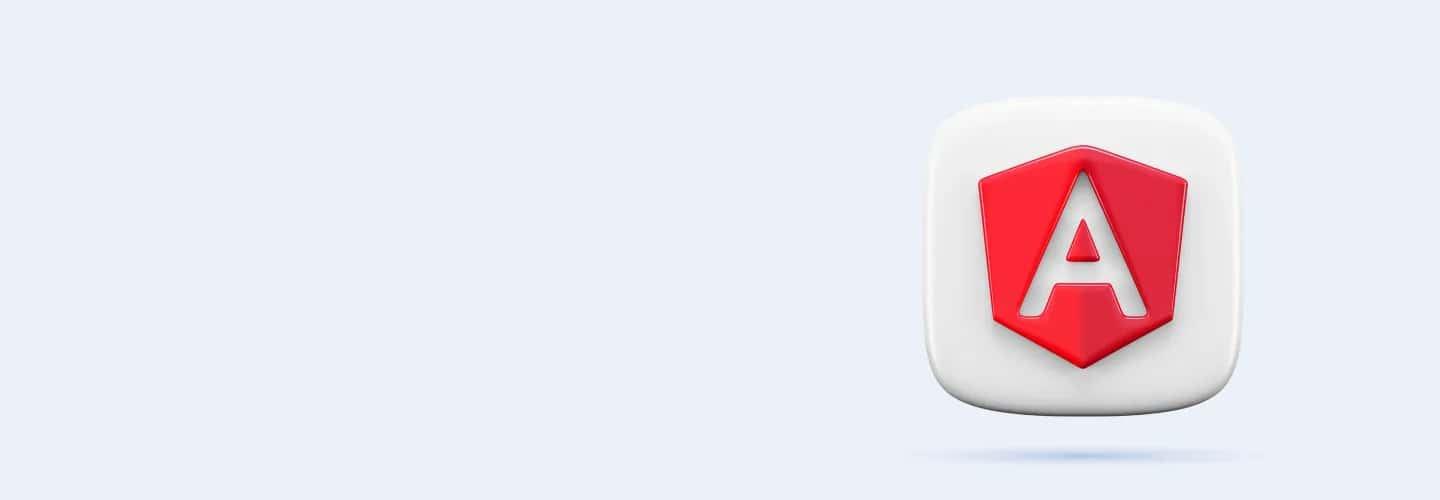
Q121
Q121 How does Angular's change detection mechanism contribute to performance optimization?
By updating the DOM in real-time
By minimizing the number of DOM manipulations
By reloading the component on every change
By bypassing the Angular framework
Q122
Q122 What is the purpose of using trackBy with ngFor in Angular?
To track items by a unique identifier for performance optimization
To change the order of items dynamically
To filter items in the list
To create a new list from the existing one
Q123
Q123 How do you implement onPush change detection strategy in an Angular component?
By setting the changeDetection property in the @Component decorator to ChangeDetectionStrategy.OnPush
By invoking the onPush method on the component class
By using the ngOnPush lifecycle hook
By importing the OnPush module
Q124
Q124 What is the recommended way to handle complex calculations in Angular to prevent performance issues?
Performing calculations in the component constructor
Using a web worker
Calculating values in the template
Storing results in local storage
Q125
Q125 When diagnosing performance issues in an Angular application, what tool can be used to profile and analyze change detection cycles?
Angular CLI
Chrome DevTools
Visual Studio Code
Angular Augury
Q126
Q126 How do you identify and resolve memory leaks in Angular applications?
By using the ngOnDestroy lifecycle hook to clean up subscriptions
By increasing the memory limit
By reducing the number of components
By minimizing the use of third-party libraries
Q127
Q127 What is the primary benefit of implementing lazy loading in Angular routing?
Improved maintainability of the application
Faster server-side rendering
Reduced initial bundle size leading to faster application load times
Easier testing
Q128
Q128 In Angular, how does the canActivate guard affect routing?
It changes the routing strategy
It allows navigation to a route to be controlled programmatically
It enhances route animation
It optimizes route loading
Q129
Q129 What role do route resolvers play in Angular's routing?
They optimize the rendering of routes
They handle errors during routing
They preload data before a route is activated
They manage route animations
Q130
Q130 How do you configure a route in Angular to be lazily loaded?
By using the loadChildren property in the route configuration
By setting lazyLoading: true in the route definition
By using a special lazy-loaded module
By importing the module in the main routing module
Q131
Q131 What is a common approach to handling complex routing scenarios with nested routes in Angular?
Using multiple
Configuring parent-child routes in the routing module
Splitting the application into micro-frontends
Using third-party routing libraries
Q132
Q132 When a lazily loaded module in Angular does not load, what should be checked first?
The module's import statements in the main app module
The network request for the module's bundle
The loadChildren syntax in the route configuration
The module's dependencies
Q133
Q133 How do you diagnose issues in Angular related to nested routing not rendering components as expected?
By inspecting the router configuration for parent-child relationship errors
By checking the console for errors
By verifying the component selectors
By analyzing the Angular router's debug logs
Q134
Q134 What is the primary purpose of the Angular animations module?
To add interactive elements to the application
To enhance the performance of Angular applications
To create complex animated UIs
To simplify component testing
Q135
Q135 How does Angular handle animations under the hood?
By using JavaScript to directly manipulate the DOM
Through CSS transitions and animations enhanced by Angular's APIs
By using a third-party animation library
By integrating with the Web Animations API
Q136
Q136 What is the role of 'animation triggers' in Angular animations?
To start and stop animations based on user actions
To define the state transitions and styles for animations
To synchronize multiple animations
To trigger animations on route changes
Q137
Q137 In Angular animations, what is the difference between 'style()' and 'animate()' functions?
'Style()' defines inline styles, while 'animate()' creates motion between styles
'Style()' is for CSS styles, and 'animate()' is for JavaScript animations
'Style()' creates permanent styles, while 'animate()' creates temporary animations
'Style()' and 'animate()' are interchangeable
Q138
Q138 How do you attach an animation to a component in Angular?
By adding the animation to the component's template
By using the @Animation decorator in the component class
By importing the animation in the component's metadata
By defining the animation in the component's CSS file
Q139
Q139 To perform a complex sequence of animations in Angular, which function should be used?
animate()
sequence()
group()
transition()
Q140
Q140 When an Angular animation does not play as expected, what is a common aspect to check first?
The animation trigger in the template
The import of the BrowserAnimationsModule
The syntax of the animation definition
The styles applied to the animated element
Q141
Q141 How can you troubleshoot an Angular animation that causes layout issues during the animation sequence?
By adjusting the timing of the animation
By using the inspect element tool to analyze changes
By reviewing the animation states and transitions
By checking for conflicting CSS styles
Q142
Q142 What is the main purpose of integrating Angular with backend technologies like Node.js or ASP.NET?
To enhance Angular's performance
To provide data persistence and server-side processing
To improve Angular's security features
To enable offline capabilities in Angular applications
Q143
Q143 How does integrating Angular with state management libraries like Redux or NgRx benefit an application?
By simplifying data binding in templates
By providing a more structured approach to managing state
By enhancing Angular's built-in directives
By automatically optimizing performance
Q144
Q144 When integrating Angular with a Content Management System (CMS), what aspect is crucial to consider for seamless operation?
The CMS's theme system
The compatibility of the CMS's API with Angular
The CMS's plugin ecosystem
The server-side rendering capabilities of the CMS
Q145
Q145 In the context of integrating Angular with serverless architectures, what is a key benefit?
Reduced initial setup time
Decreased reliance on client-side processing
Scalability and cost-effectiveness of server resources
Enhanced control over server-side code execution
Q146
Q146 What is an important consideration when integrating Angular with third-party UI component libraries?
Ensuring the library supports Angular's change detection mechanism
The library's ability to mimic Angular's native components
The color scheme compatibility of the library with Angular
The performance impact of the library on Angular's rendering process
Q147
Q147 How do you integrate a JavaScript library, like D3.js, into an Angular application for data visualization?
By directly adding a <script> tag in the index.html
By importing the library in the Angular component where it's used
By using an Angular wrapper for the library
By including the library in the global scripts array in angular.json
Q148
Q148 What is a common method for integrating Angular with a WebSocket service for real-time data updates?
Using Angular's HttpClient module
Implementing a WebSocket service using RxJS
Utilizing third-party WebSocket libraries
Creating a custom Angular directive for WebSocket communication
Q149
Q149 When integrating an external API into an Angular application, what is a primary aspect to debug if data is not being displayed as expected?
The API endpoint URL
The structure of the data returned by the API
The version compatibility between the API and Angular
The configuration of the HttpClient used to call the API
Q150
Q150 In an Angular application integrated with a backend service, how do you troubleshoot issues related to CORS (Cross-Origin Resource Sharing)?
By inspecting the network requests in the browser's developer tools
By modifying the Angular service calls
By adjusting the backend service's CORS configuration
By disabling CORS in the browser

